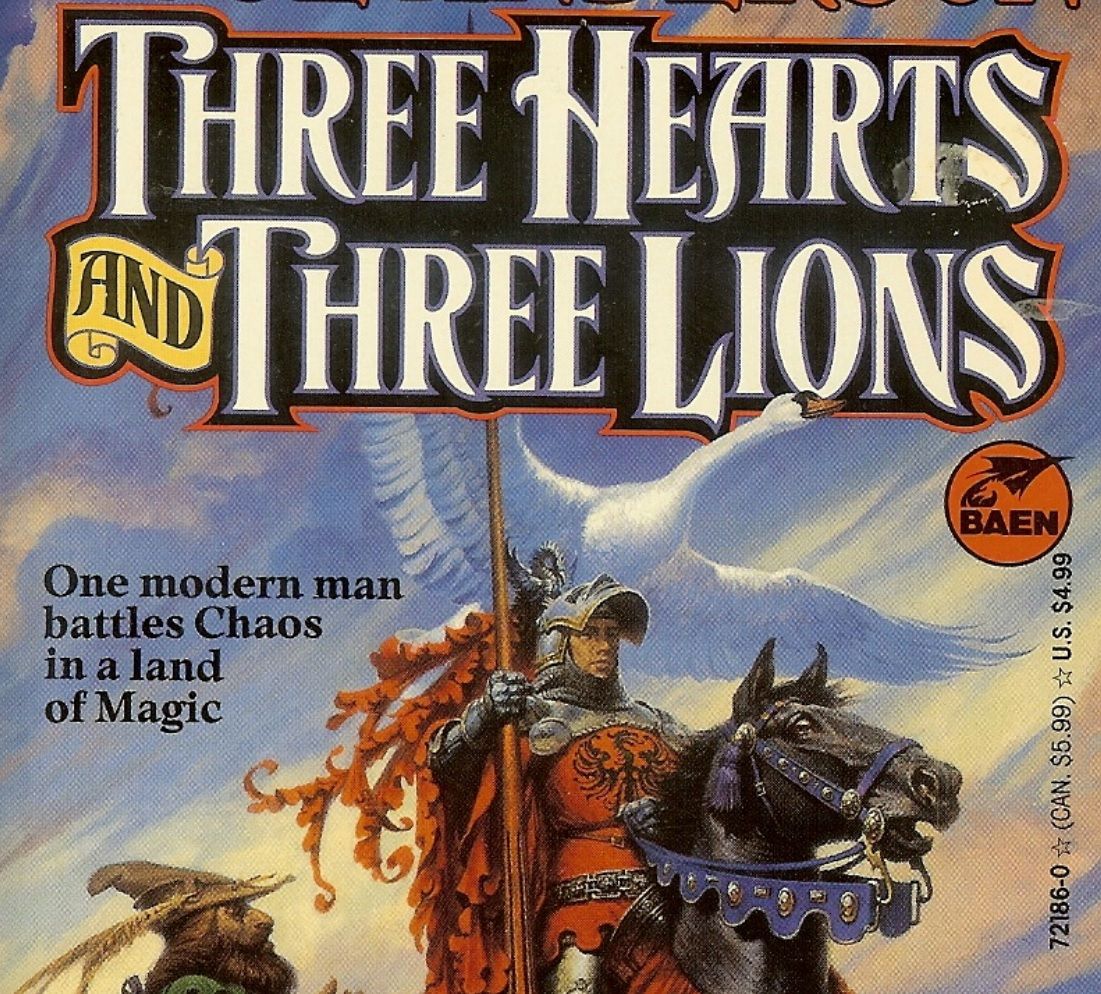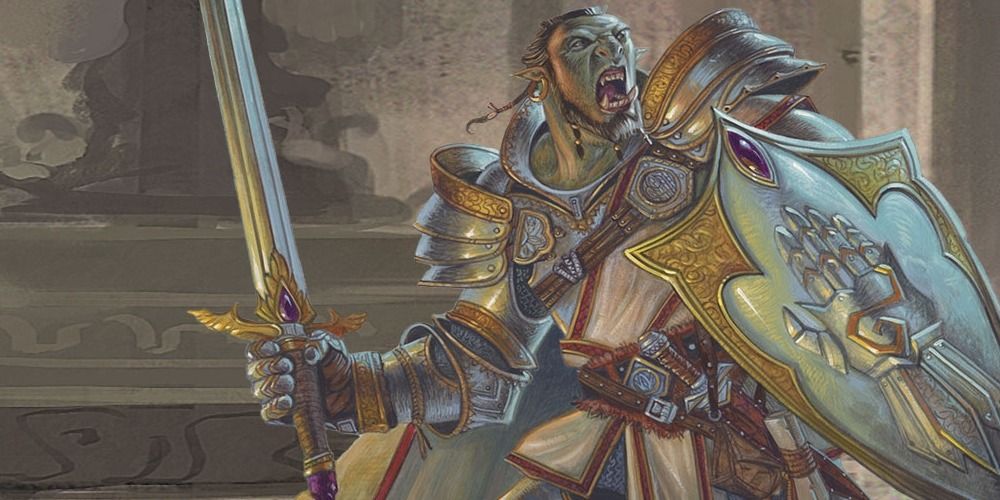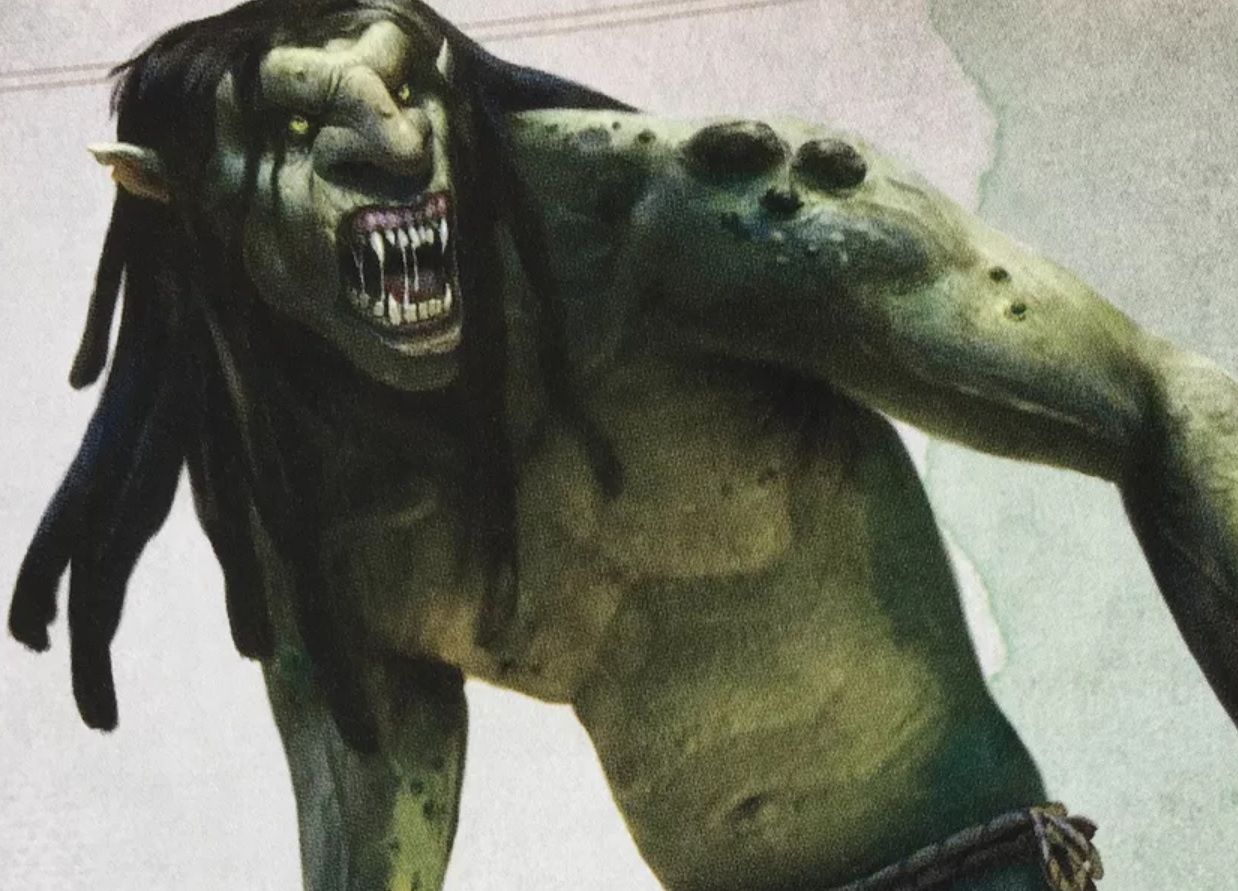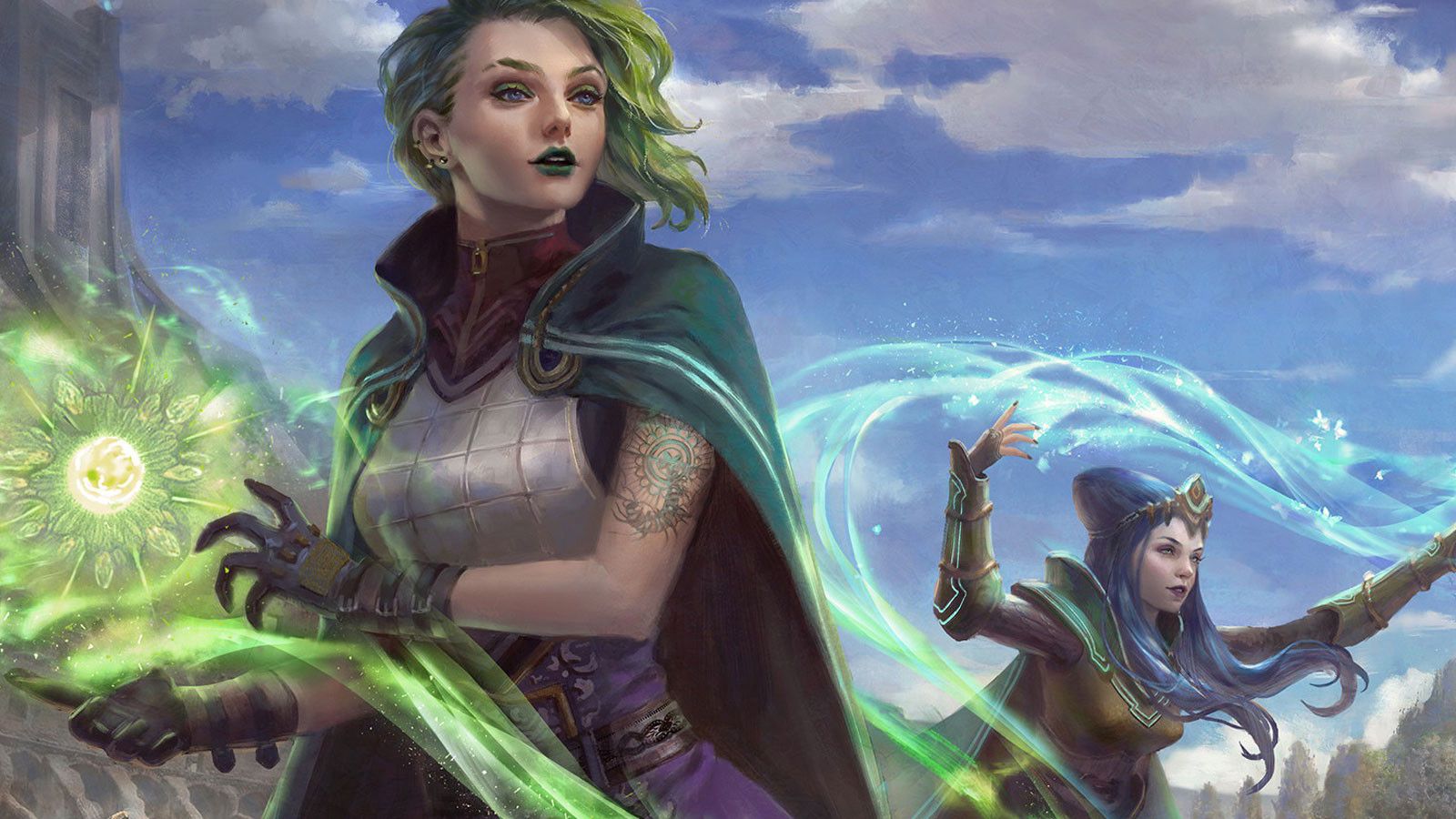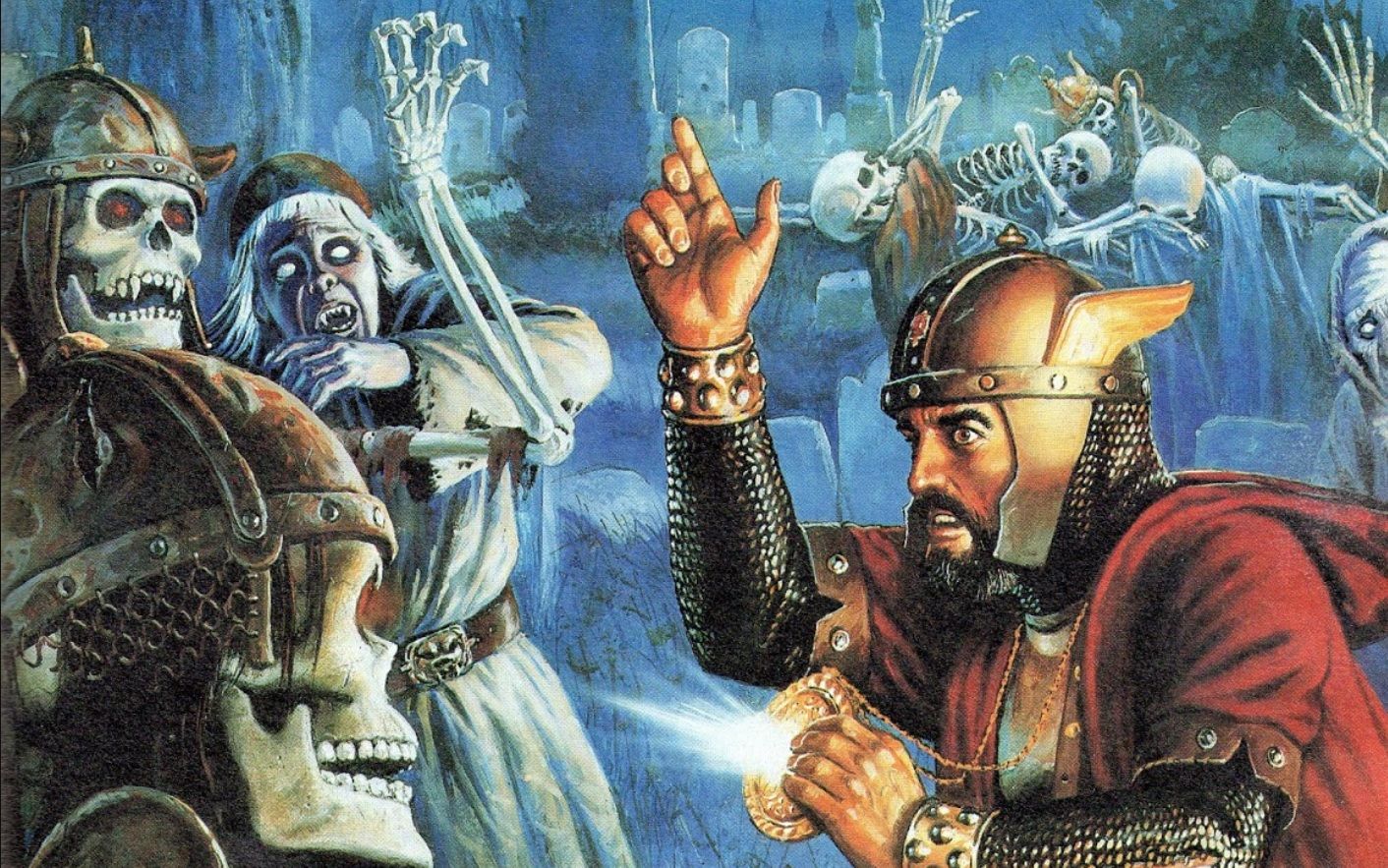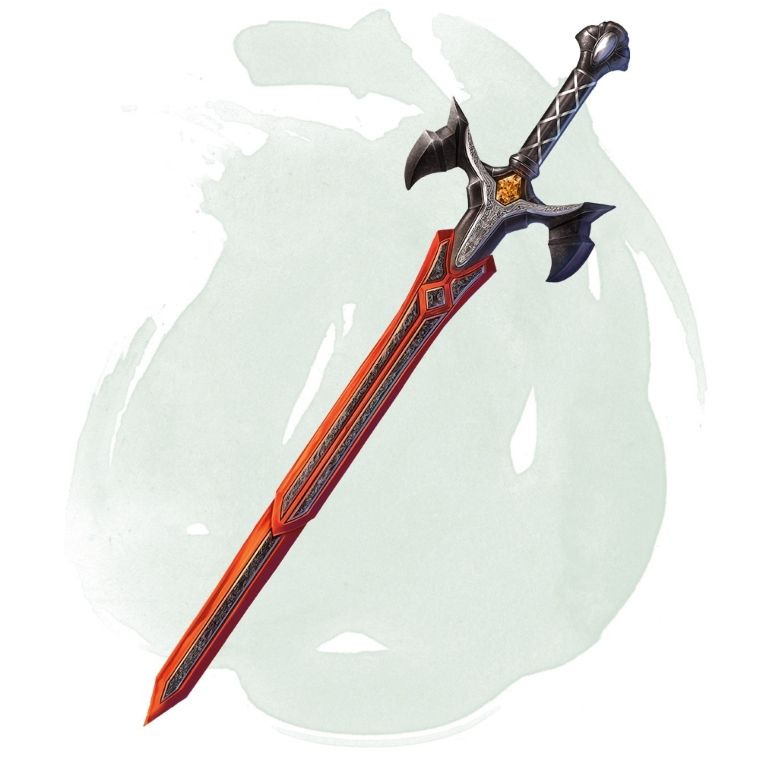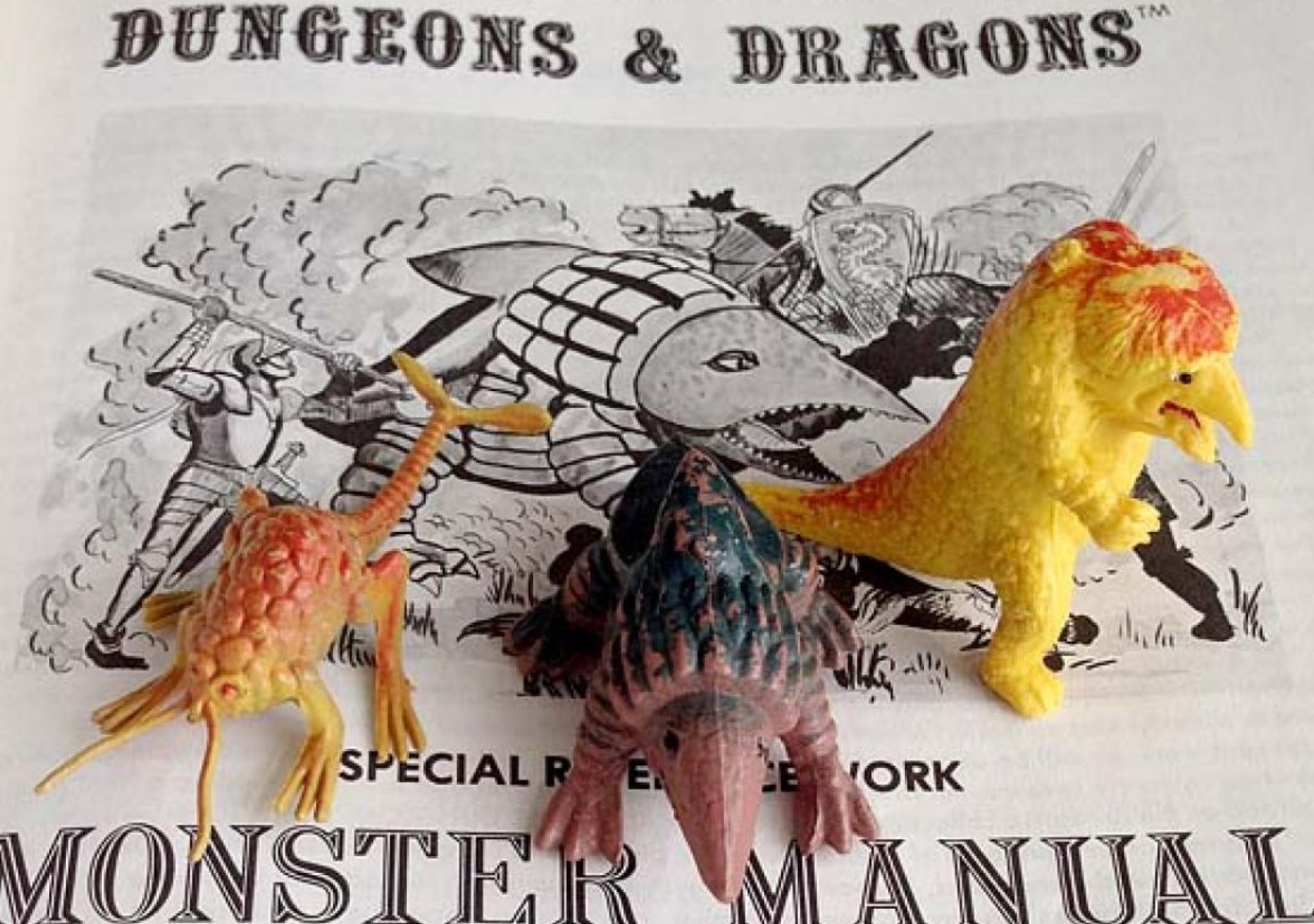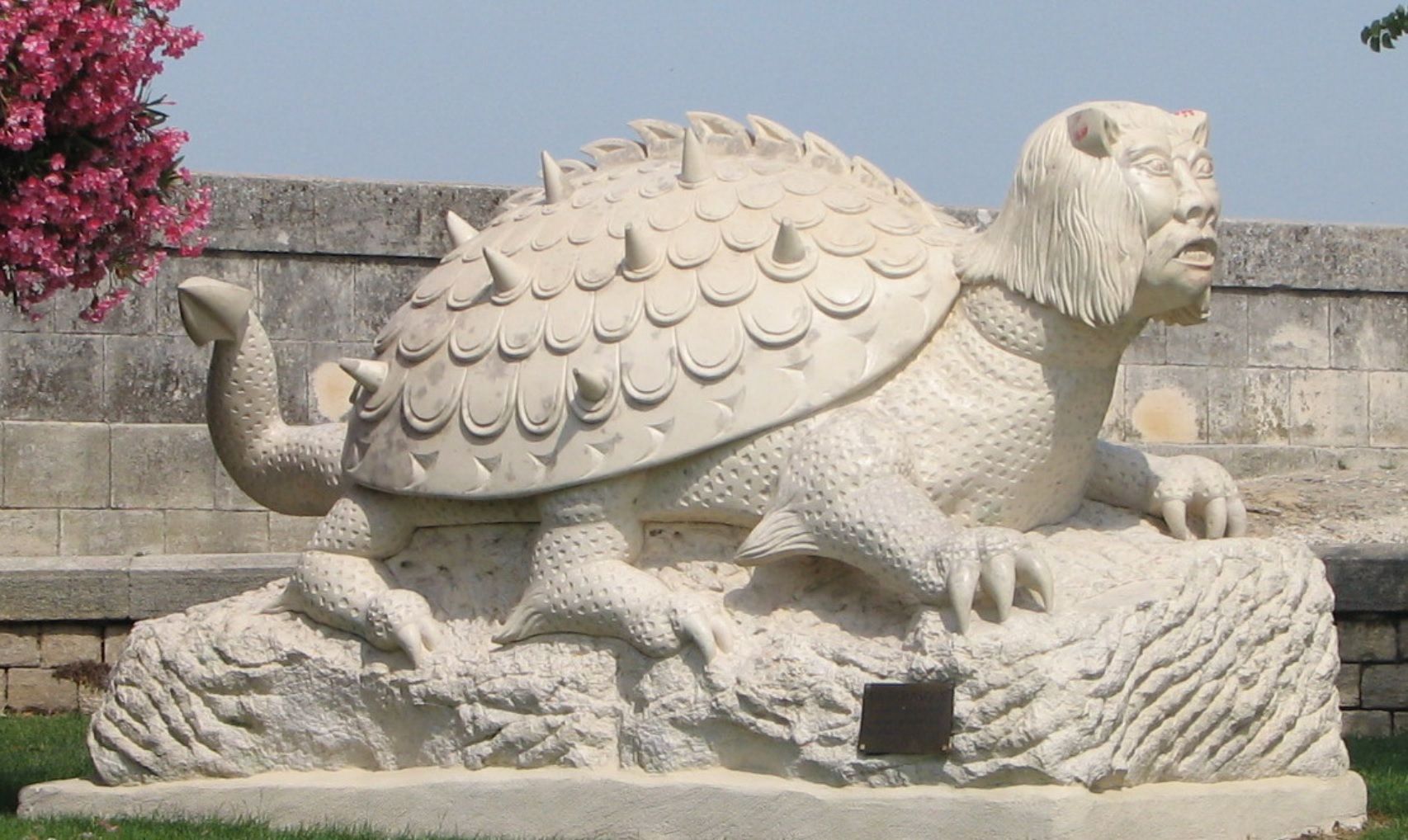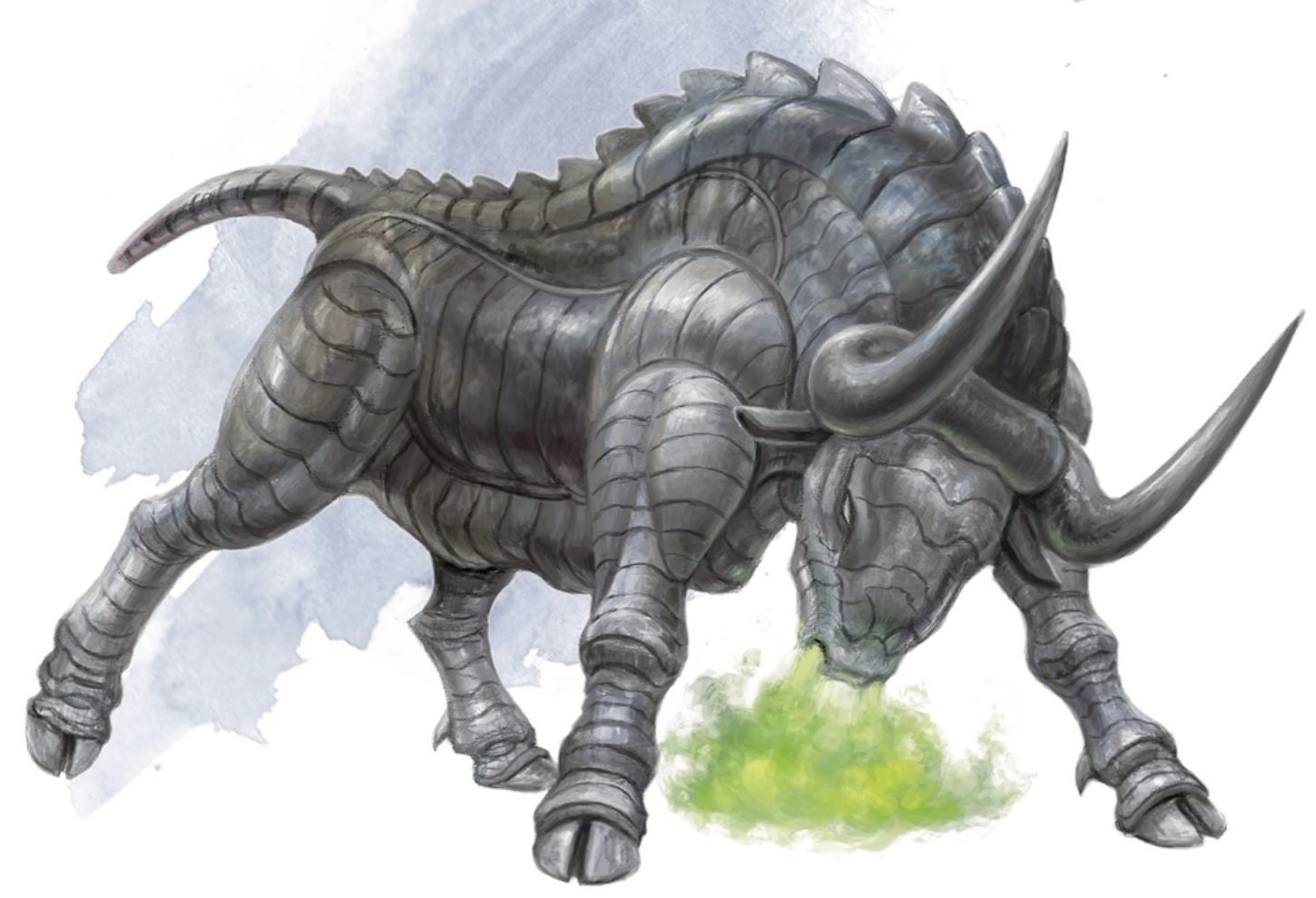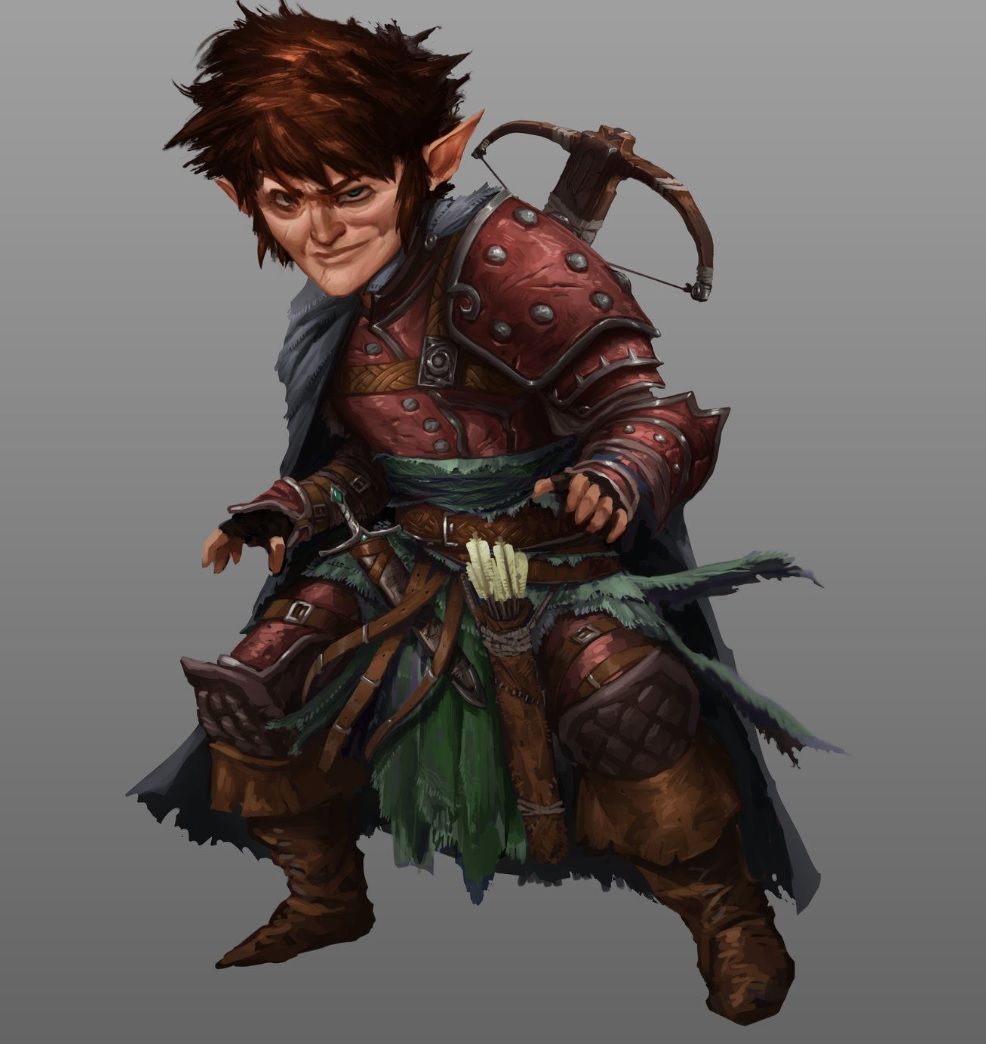Dungeons and Dragons is a fantasy kitchen sink. Everything finds its way in there eventually. This glorious game was stitched together from all kinds of cultural influences. Conan, Lord of the Rings, Ray Harryhausen, myths, fairy tales and more. It's part of what makes D&D so adaptable and enduring.
But some of the strangest things about D&D have come from very specific and little known origins. Why do wizards 'forget' spells? Why do trolls regenerate? What does vorpal even mean? Here's the real story behind these odd pieces of D&D logic.
10 Alignment
Simultaneously one of the most recognizable and controversial aspects of D&D are the nine alignments. But D&D started with just 3...Law, Neutrality and Chaos, with Law being seen as more heroic and Chaos as more sinister. This cosmic conflict has its origins in the 1953 fantasy novel Three Hearts and Three Lions by Poul Anderson, which pitted the lawful kingdoms of man against the chaotic world of faerie and monsters.
Three Hearts and Three Lions was a huge influence on D&D creator Gary Gygax, as were the psychedelic fantasy novels of British writer Michael Moorcock, which also used the Law/Chaos axis. Over time the more traditional alignments of Good and Evil had been added to Law and Chaos to give the controversial nine alignments that became one of D&D's most defining traits.
9 Paladins
The historical paladins were the foremost knights of the Holy Roman Empire, who became figures of romance in stories such as the Song of Roland. But the D&D Paladin has a very specific skill-set that derives once more from Three Hearts and Three Lions.
The novel's protagonist is Holger, a WWII resistance fighter from Denmark who finds himself transported to a magical world and assumes the role of a knight fighting for Law. Holger's powers -- detect evil, the laying of hands, a special warhorse, a holy sword, faith as resistance to magic -- are clearly the origin of the D&D paladin. But the connection to the historical paladins remains...Holger is said to be an incarnation of Ogier the Dane from the medieval Song of Roland.
8 Regenerating Trolls
Trolls are an ancient mythological creature, but the D&D troll has very little in common with the creatures of nordic folklore. It doesn't even have much to do with Tolkien's trolls. It neither hides under bridges nor turns to stone in the sunlight.
But there is certain '50s fantasy novel that features a climactic fight with a troll. A long-nosed, long-armed green-skinned troll that regenerates wounds, even severed limbs. Only fire attacks can stop regeneration. You guessed it, Three Hearts and Three Lions again. But it's not the only non-Tolkien fantasy story to influence D&D.
7 The Magic System
Another defining feature of Dungeons and Dragons is its ''fire and forget'', magic system. Wizards memorize a spell, usually from books and scrolls. The spell stays in the caster's mind until they cast it using magic words and gestures, upon which the caster forgets the spell.
This magic system is a staple of Dungeons and Dragons and comes from the stories of Jack Vance, most notably his 1950 Dying Earth cycle. D&D even lifted actual spells (like the Prismatic Spray) from Vance's stories. In RPG design circles, magic similar to D&D's system is still referred to as 'Vancian'.
6 Clerics
Cleric adventurers didn't appear much in fantasy literature before Dungeons and Dragons. Originally D&D only had fighters and magic-users available. A third character class was added specifically to counter one player whose vampire character, Sir Fang, had become too powerful with his undead abilities.
The cleric was originally conceived of as a vampire hunter along the lines of Peter Cushing's turn as Van Helsing in the Hammer Horror films. Curing and other spells were added inspired by the Bible. Clerics were also originally forbidden to used edged weapons, inspired by the medieval depiction of Bishop Odo in the Bayeux tapestry, who went to war with a mace in hand to avoid shedding blood.
5 Vorpal Sword
The vorpal sword is one of the most coveted weapons in Dungeons and Dragons and has been around since the first edition. It has powerful bonuses and the ability is to instantly decapitate any foe on a lucky roll.
Later editions of D&D would add other kinds of vorpal weapons but the original vorpal sword comes from Jabberwocky', the whimsical poem by Lewis Carrol. The poem, which describes a hero using a vorpal sword to slay the titular beast, is full of nonsense words, 'vorpal' being among them. Carrol could never explain exactly what it meant, but thanks to D&D, most gamers take it as 'sharp and deadly'.
4 Bulette, Owlbear, & Rust Monster
When Dungeons and Dragons started out, miniatures representing the weird and wonderful creatures of the Monster Manual weren't exactly common. Gary Gygax would browse cheap stores for figurines and discovered a bag of plastic toys dubiously labeled as dinosaurs.
The toys made in Hong Kong didn't have much to do with prehistoric beasts but included some bizarre creatures inspired by Japanese monster movies. Among them was the bulette with its shark-like fin, and the weird propeller-tailed rust monster and the Owlbear, all of which have been staple D&D monsters ever since.
3 Tarrasque
This big bad beast enjoys the reputation of being one of the most physically dangerous D&D monsters ever, but the original Tarrasque wasn't conquered by brute force. The creature comes from a medieval French legend and is described as a six-legged dragon-like creature with a turtle shell, scorpion tail and the head of a lion.
The Tarrasque would ravage the land and beat back any attempts by soldiers to defeat it, until St. Martha tamed the beast with prayers. Vengeful townsfolk killed it anyway, but after St. Martha converted them to Christianity, they regretted their violence and named their town Tarascon to commemorate the creature.
2 Gorgon
Dungeons and Dragons can be confusing for those familiar with Greek mythology. In the latter, the snake-haired Medusa is the name of a type of monster called a gorgon. In the game, medusa seems familiar enough, but why is the gorgon a gas-breathing bull?
Canny scholars have traced Gygax's source for the gorgon to an obscure bestiary called The History of Four-Footed Beasts by Edward Topsell. The gorgon is described there as a scaled bull from Africa with a poisonous breath.
1 Studded Leather Armor
Studded leather armor has been a light armor choice for player characters and a favorite of rogues, thieves, and assassins since the early days of the game. But medieval enthusiasts will know that it doesn't actually match any armor used in history.
In fact, adding metal studs to hardened leather armor won't do much to help it protect you. It seems like Gygax misunderstood illustrations of brigandine armor (where the 'studs' are nails actually fixing metal plates underneath the outer later). Despite its historical inaccuracy, studded leather armor remains popular in D&D, possibly because roguish characters are already starved enough for options.


